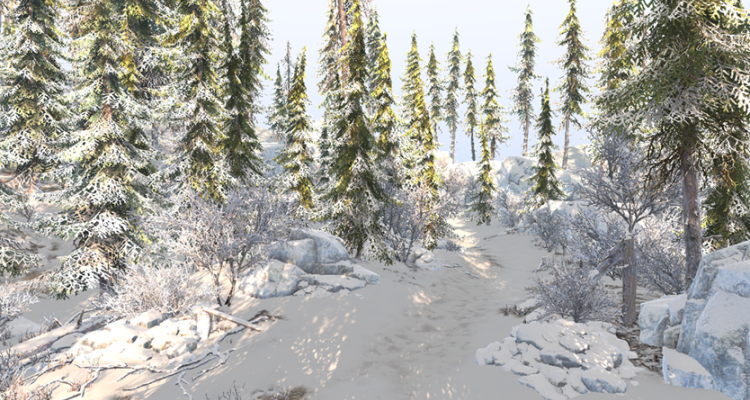
Colloquium
Virtual Reality versus Storytelling: Effects of Environmental Contextual Cues on Food perception and Spatial Memory
By Kechen Yang
Abstract
Food perception (such as food liking) is fundamental to dietary choices, while spatial memory plays a crucial role in navigation. Existing research indicated that food liking is positively correlated with visual attention. And there is a positive relationship between visual attention and spatial memory. In this context, this study further investigated the effects of environmental contextual cues on food perception and spatial memory, focusing on high- versus low-calorie foods. Specifically, this study examined how the winter environment simulated using Virtual Reality (VR) and storytelling influence participants’ liking and desire ratings for different types of food items, as well as their ability to recall the spatial locations of those foods. 60 Participants joined this study in person and were randomly assigned to one of the three experimental groups: VR group, storytelling group and control group without simulated winter environment. Participants subsequently evaluated food items and conducted spatial memory performance test. The results indicate that food liking and desire ratings are not significantly different across the VR, storytelling and control groups, and not significantly different between high- and low-calorie foods. However, a trend was observed, with higher food liking and desire ratings reported by VR participants, followed by storytelling participants, and with participants in the control group reporting the lowest values for food liking and desire ratings. This suggests that more immersive environmental contexts might progressively enhance food evaluation. Furthermore, two measures (food liking and desire) do not demonstrate significant correlations with spatial memory performances (neither distance nor angle accuracy), indicating that subjective food perception might be independent of spatial memory performance under VR winter condition. Also, this study did not reveal significant differences between high- and low-calorie foods in spatial memory performance. The exploratory analysis showed that there is a positive significant correlation between food familiarity and food perception, which means that such individual difference might moderate the influence of environmental context on food perception. However, the correlation between food attitude and food perception was not statistically significant. Furthermore, food familiarity did not demonstrate significant correlation with spatial memory performances (neither distance nor angle accuracy). These findings offer insights for future research on the effects of environmental contextual cues on food perception and spatial memory.